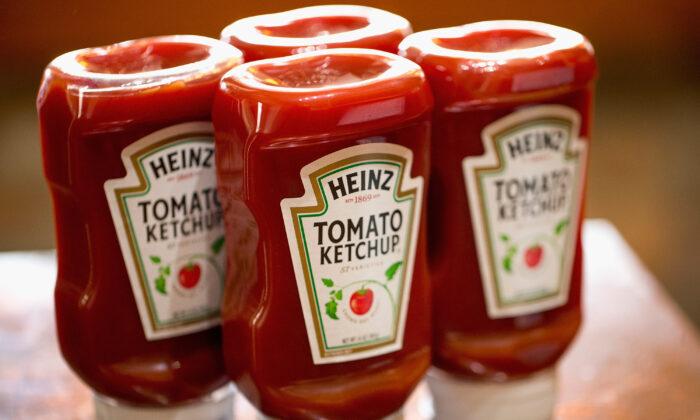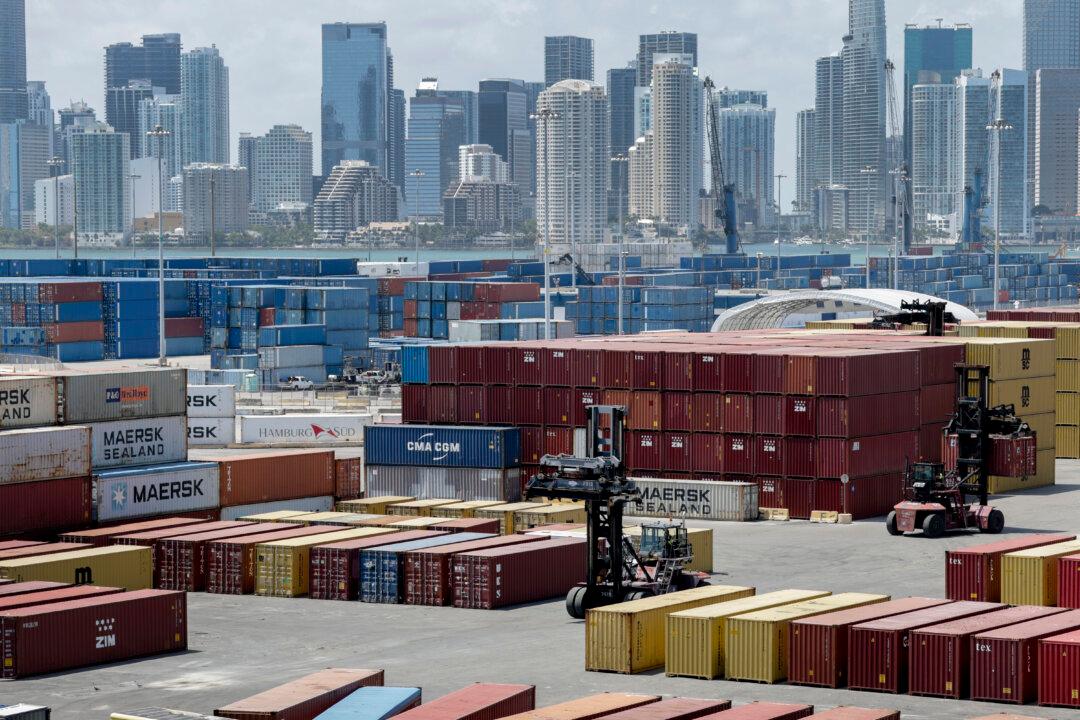With Memorial Day approaching, Americans will be purchasing ketchup, mustard, and other condiments en masse—and inflation will play a role.
In the same time period, a 20-ounce bottle of mustard went up by 13 percent. Prices for 26-ounce jars of relish were also up 12.3 percent on average, according to the company.
Beef hot dog prices only went up 3 percent, while the price of 80/20 fresh ground beef hamburgers remained the same, the Datasembly data shows. Together, hot dogs, hamburger buns, hot dog buns, relish, hamburgers, ketchup, and mustard cost about 9 percent more in 2023 than last year.
When the CPI numbers were released earlier this month, Ryan Young, a senior economist at the Competitive Enterprise Institute, said that the figures worry him.
Meanwhile, Federal Reserve officials have indicated that the central bank could again raise interest rates if the CPI and other price pressure metrics don’t decrease. In recent months, the Fed has repeatedly increased rates and again raised rates by 25 basis points during its most recent Federal Open Market Committee (FOMC) meeting on May 2 to May 3.
Prices Up Worldwide
It comes as the U.N. Food and Agriculture Organization’s (FAO) price index, which tracks the most globally traded food commodities, averaged 127.2 points last month against 126.5 for March, the agency said on Friday. The Rome-based agency said the April rise reflected higher prices for sugar, meat, and rice, which offset declines in the cereals, dairy, and vegetable oil price indices.“As economies recover from significant slowdowns, demand will increase, exerting upward pressure on food prices,” said FAO Chief Economist Maximo Torero earlier in May. The sugar price index surged 17.6 percent from March, hitting its highest level since October 2011.
FAO said the rise was linked to concerns of tighter supplies following downward revisions to production forecasts for India and China, along with lower-than-expected outputs in Thailand and the European Union. While the meat index rose 1.3 percent month-on-month, dairy prices dipped 1.7 percent, vegetable oil prices fell 1.3 percent and the cereal price index shed 1.7 percent, with a decline in world prices of all major grains outweighing an increase in rice prices.





